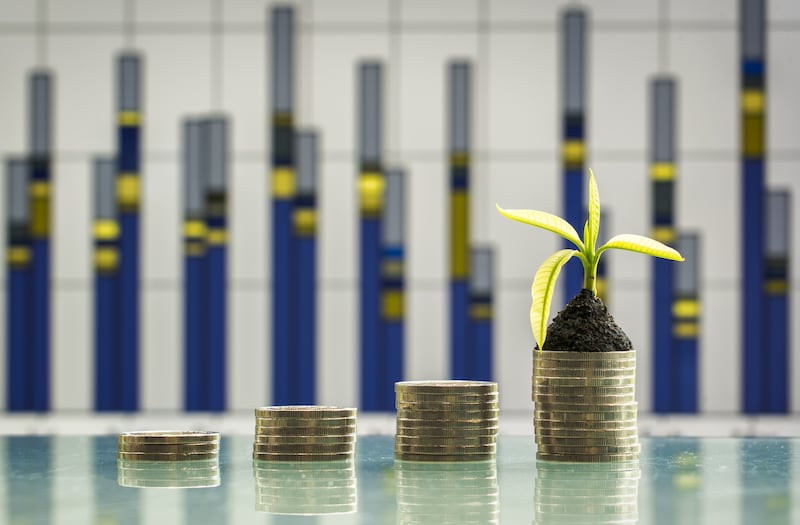Increased investor focus on environmental, social and governance metrics is driving a race to the top as companies look to raise their ESG profiles.
Is ESG investing on the brink of becoming a bubble? Some investors wonder. They look at soaring clean energy stocks and palpable investor enthusiasm for electric cars and question whether ESG investing is a fad. We really don’t think so.
The concern reflects a confusion – combining two different strategies, ESG investing and investing in sustainability themes.
ESG investing represents a lasting adoption of a new investing methodology that can strengthen businesses and boost portfolio returns by considering material E, S and G metrics.
By contrast, companies that are emerging to address sustainability trends are prone to rise and fall with market sentiment – both from periods of rapid growth and correction from elevated valuations.
ESG investing vs investing in sustainability
ESG investing is an investment strategy in which environmental, social and governance factors are integrated into the due diligence and financial analysis of investment managers. Companies that focus on ESG factors tend to have better and more stable long-term performance.
On the other hand, investing in sustainability themes involves investing in companies, technologies and projects that target specific sustainability themes and are set to grow rapidly and consistently.
In the UAE, 80 per cent of investors know what sustainable investing is, 80 per cent expressed an interest in ESG investments and 40 per cent of those who had not yet invested in sustainable solutions said they planned to do so in the future, according to a survey by Standard Chartered. Also, Saudi Arabia plans to deploy 50 per cent of its investments in renewable and sustainable power sources.
How to spot an investing bubble
Spotting a bubble is never simple, but generally there are the following patterns:
- A narrative of opportunity and rapid growth that persuades people that they need to “get in now”
- Favourable financial conditions, often accompanied by government support
- Visible, rapid growth
Some sustainability themes have recently shown early warning signs of a bubble and we expect this pattern will likely repeat. Periods of investor exuberance and retreat will come and go throughout the decade, even as sustainability themes become increasingly entrenched in the global economy.
A shift in perspective
In contrast to sustainability trends that may lead to bubble-like valuations, ESG is not a trend to be investing in. It’s something entirely different – an evolution of investment strategy itself.
In essence, that’s why we believe ESG investing cannot become a bubble. There has been a shift in how companies and investors view ESG factors and the importance they attach to them relative to other investing considerations.
Companies similarly focus on material ESG issues. Indeed, many firms are looking to do more to incorporate ESG considerations into their business strategies – to both strengthen their bottom lines and raise their current ESG profiles with investors.
We do see some risk of “greenwashing” where companies act to create the illusion (but not the reality) of positive ESG change. But, on the whole, we see a virtuous cycle of rising shareholder expectations driving a race to the top among companies with the highest ESG ratings. These companies then reap the rewards, which could include a better share price performance relative to their peers.
A modest boost to risk-adjusted returns
When investors focus on material ESG issues, they can deliver stronger results. Research also shows that incorporating ESG factors appears to provide a modest boost to returns and risk-adjusted performance.
Amid growing evidence of the effectiveness of ESG investing, asset managers who ignore these issues may find themselves less and less able to attract and retain assets.
Talk of a bubble in ESG investing underestimates the hold these issues now have on the finance industry. We believe the changes in corporate and investor attitudes towards ESG investing are irreversible.
Investing in sustainability themes can temporarily become a bubble, but it’s a different story for ESG investing.
It’s not surprising that many people have combined two separate subjects, ESG investing and sustainability themes. They do cover much of the same territory after all. But the differences between them are significant.
While sustainability themes can deliver above-market returns while aligning investor capital to key impact areas, they can temporarily lead to a market bubble. ESG investing, on the other hand, represents a shift in investment methodology – well beyond any potential market bubble.
Tara Smyth is region head for the Middle East, North Africa and Turkey at JP Morgan Private Bank.






